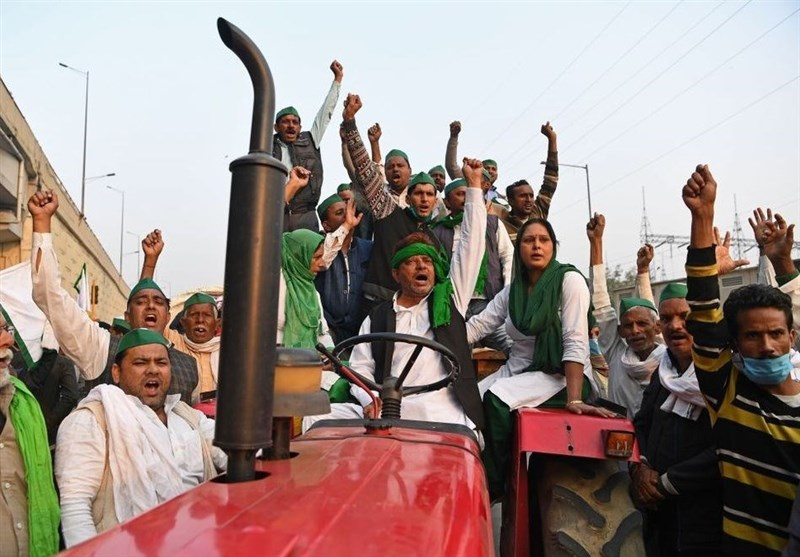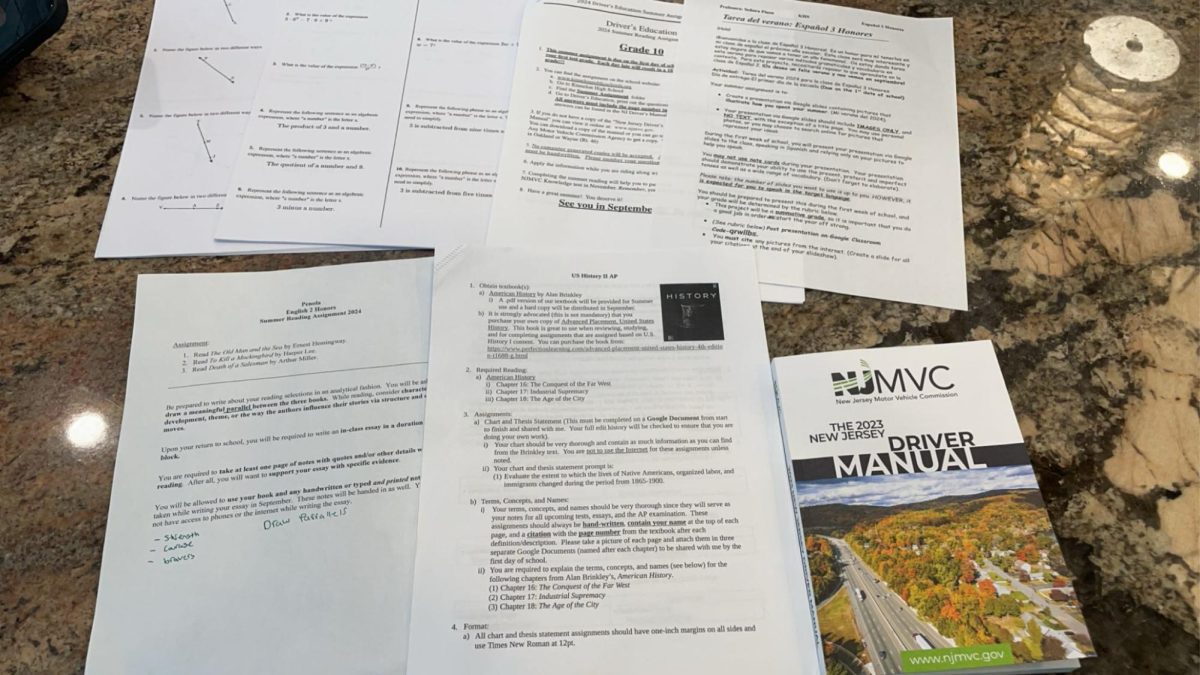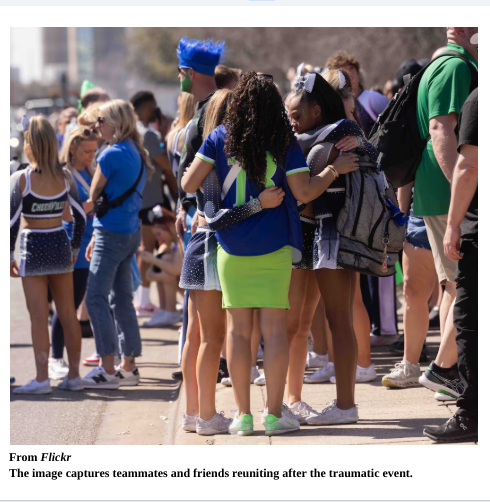In Aug. 2020, Farmers from the Northern states of India began their protests against agriculture laws established by Prime minister Modi. In Nov. 2020, they arrived in the capital, New Delhi, to continue their protests. The issue has recently become breaking news and has been brought to attention as a fight for human rights on platforms worldwide.
Though these protests have emerged as a means of revolting against the Indian government and their newly passed agriculture laws, the story of the farmers’ fight for justice begins with the Green Revolution.
Green Revolution
The green revolution began in the 1960s and was a result of the action taken in response to the food scarcity issues in India. It was created in order to turn the agriculture system into an industrial system by adopting advanced technology methods for benefits. Moreover, the Indian government had also created laws and regulations that created a set price for certain crops. This benefited the farmers as it established a guaranteed minimum price, created stricter guidelines that prevented interference by big corporations in agricultural land, and lessened the creation of unreliable schemes. According to Time, the farmers only had one favor from the government and that was “for the government to actually guarantee that its minimum prices for farm produce are accessible to all farmers…as many as 80% of farmers don’t receive the promised amount.” As a result of the green revolution, according to Vox, statistics prove that more than 1/2 of farmers’ households are in debt and farmer suicide rates have increased.
The newly passed agriculture laws
In total, the government enacted 3 new laws that are supposedly meant to ‘benefit farmers’ but instead make them more vulnerable to being suppressed by big corporations, and are in no way as helpful as the ones they have been demanding from the government for many years now.
The first law creates free, unregulated trade spaces outside the markets. This law overruled market rules and regulation, therefore making it an unregulated space that can lead to a dual market structure. The dual market structure will allow the involvement of big corporations, and as their involvement grows, farmers will be ripped off for their selling prices, and corporations will misuse farmers’ production and benefit themselves.
The second law creates a framework for contract farming deals. This means farmers have to depend on business corporations and move away from the ‘subzi mundi,’ which is the usual market that buys their crops at a minimum price. It is harmful to farmers because if they do not rely on the big corporation, which will eventually exploit them by lessening the price, they will probably not have any success in the market.
The third law eliminates the storage limits previously set by the government to control prices. This means that there is an unlimited amount of storage which means wealthy businesses/people/corporations can stock up, bringing about an inconsistency in success in farmers selling of crops.
Overall, all the new laws breed a concept of eliminating market regulation, which insinuates that the government believes farmers no longer need government support—the complete opposite of what has been illustrated by the actions of farmers over the years.
The farmers are protesting in response to these acts, urging for them to be removed and expressing their disappointment in the government.
The role of Social Media
Over the past week, there has been an outpouring of support from well-known international artists and figures in support of the farmers’ rights movement. However, the Indian government and public have not taken the support well. Instead, they have criticized the figures for their “unnecessary” involvement in the matters.
The figures include Rihanna, Greta Thunberg, Jay Sean, and Meena Harris. Responses to their support included the burning of the figures in the streets of India. The Indian Foreign Ministry even responded indirectly to the attention being brought to the matters, insinuating that the figures are not informed enough about the “propaganda,” and therefore should look into the matters before bringing unnecessary attention to them. The Indian government and public have also previously been known to state that the farmers are “terrorists” and there is not much attention from the Indian media on the matter due to restrictions of acting and voicing opinions against the government.









